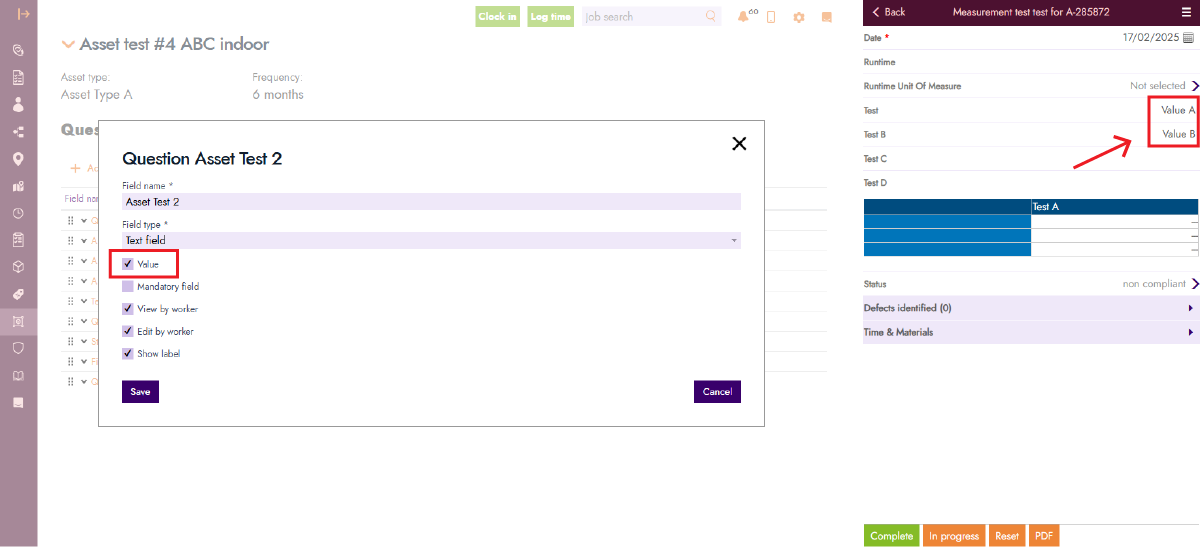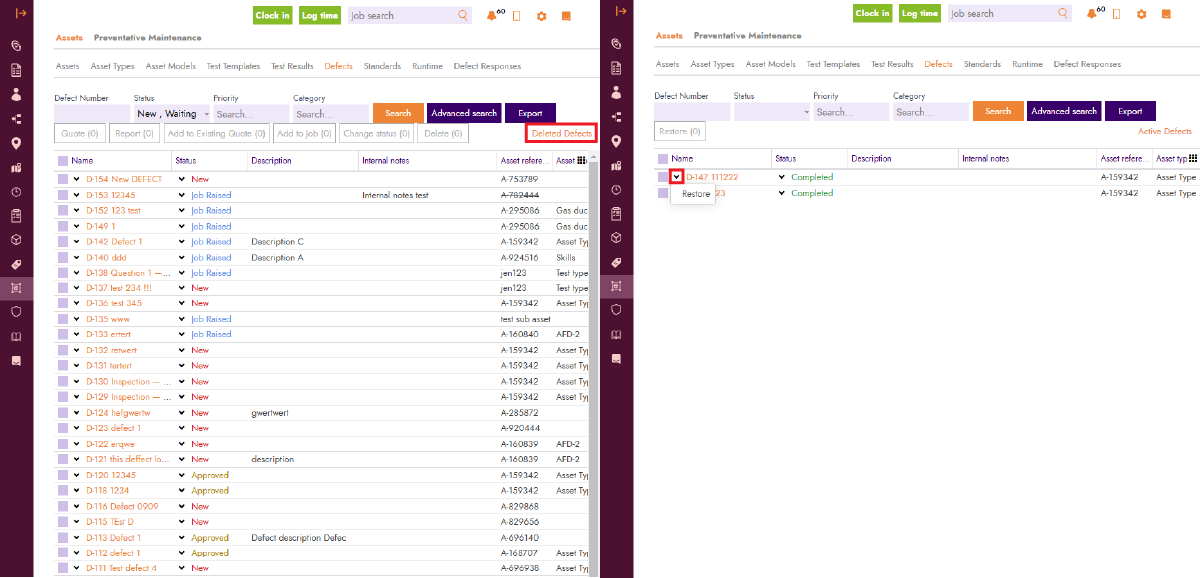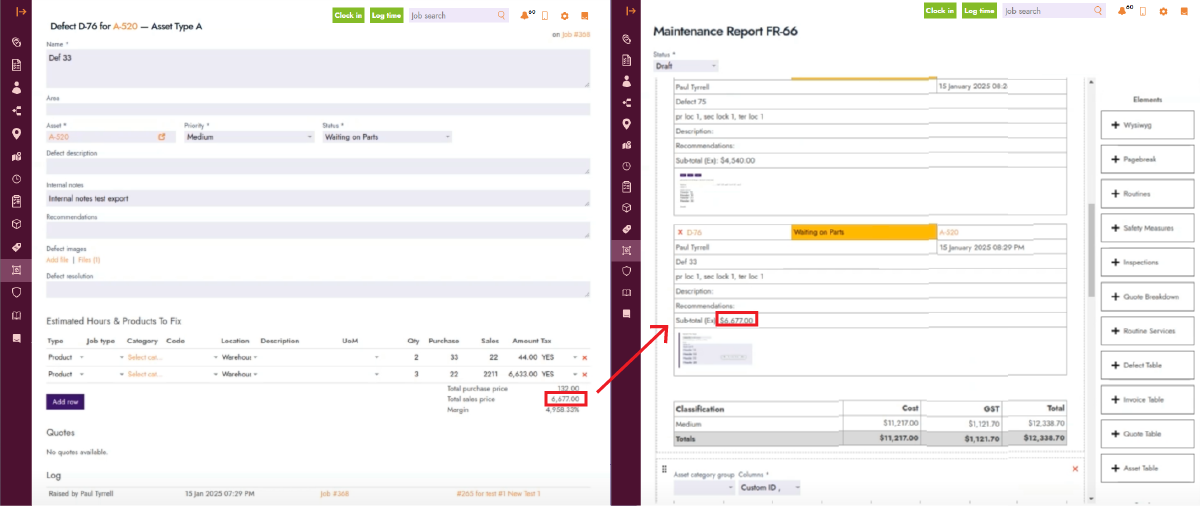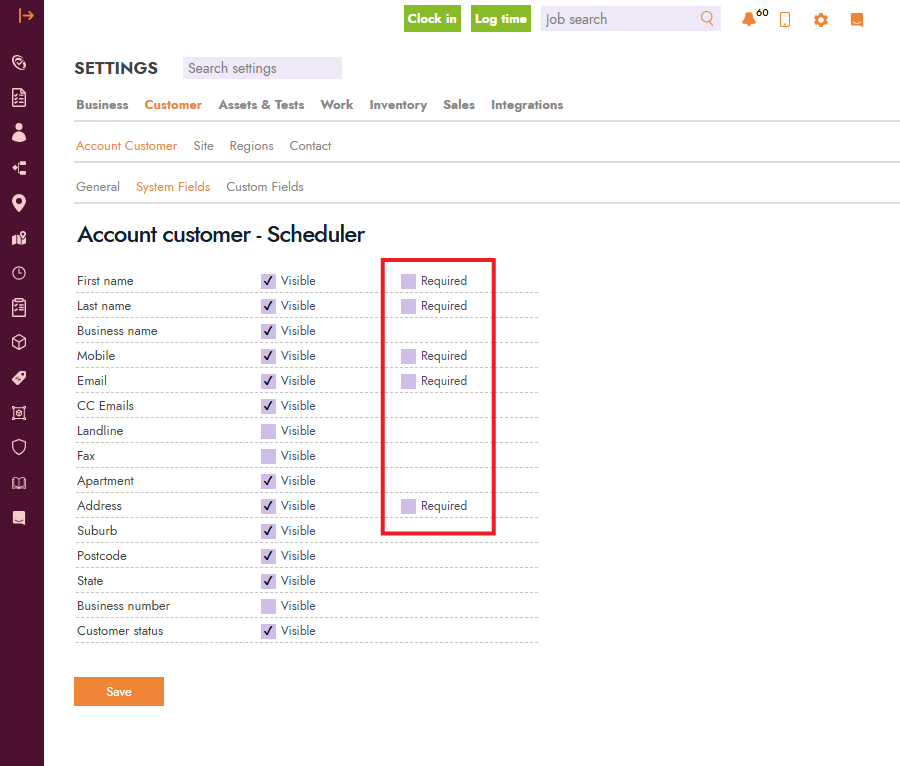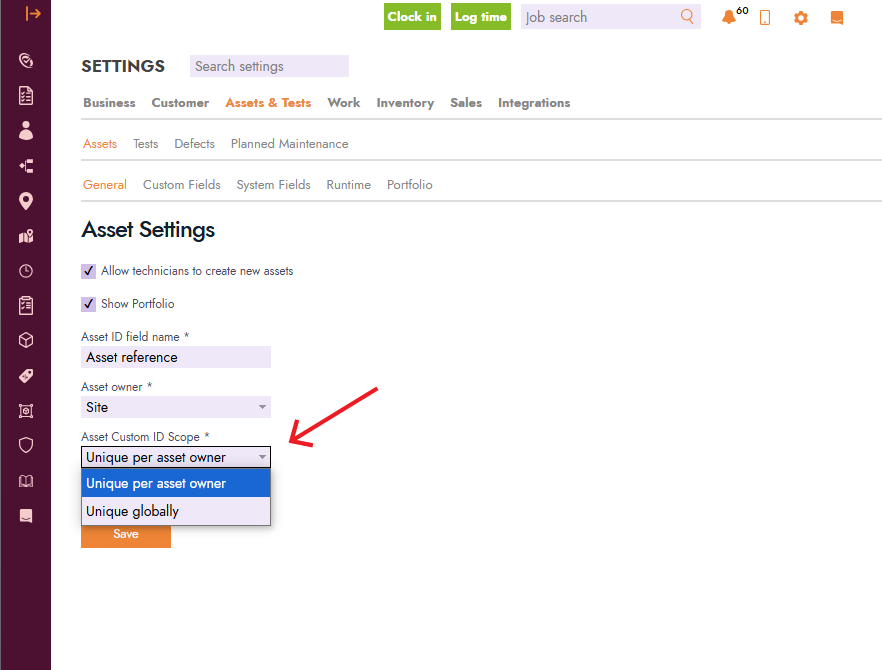Blog Feature Release – February Week 3
This Week’s FieldInsight Updates: New Features to Enhance Your Workflow
At FieldInsight, we’re always working to improve your experience and help you get the most out of your job management software. This week, we’ve rolled out several new features that aim to refine workflows, enhance data accuracy, and provide better control over key processes. Here’s what’s new and how it impacts you.
Set Previous Test Results as Default
Getting past test results for assets is now easier. If the asset uses the same test template and has the “Value” checkbox enabled for its questions, the system will auto-fill answers from the last test. This saves time and improves accuracy by reducing manual entry for technicians.
Deleted Defects Repository
Accidentally deleted a defect? No worries! We’ve introduced a dedicated repository where deleted defects are stored. You can now review or restore defects as needed. This provides better control over defect records and prevents accidental data loss.
Defect Pricing Now Pulls from Defects, Not Quotes
We’ve made defect pricing more accurate in Maintenance Reports. Now, instead of using prices from quotes, the system pulls them directly from the defect itself. Any Products, Services, or Packages added as part of the defect estimate will now apply to that defect in the report. This ensures clearer and more reliable pricing without needing a quote.
Required Option for Several Account Customer Fields
You now have more control over customer data entry! A new option allows you to set first name, last name, mobile number, address, and email as required fields when creating or updating an account customer. This helps maintain data consistency and ensures essential details are always captured.
Asset Custom ID Uniqueness Now a Dropdown Option
To improve flexibility in asset management, we’ve changed the “Is Asset Custom ID Unique” setting to a dropdown menu. This allows you to easily switch between the following options: “Unique per asset owner” or “Unique Globally.” The first option means that there can only be one Asset ID per site, whereas the second option only allows for one unique Asset ID in the whole account, regardless of site and customer.
What You Should Do Now
- Book a Demo. You’ll be in touch with an automation expert who has worked in this space for over 5 years, and knows the optimal workflow to address your needs.
- If you’d like access to free articles about managing HVAC workflows, go to our blog.
- If you know someone who’d enjoy reading this page, share it with them via email, Linkedin, Twitter, or Facebook.
